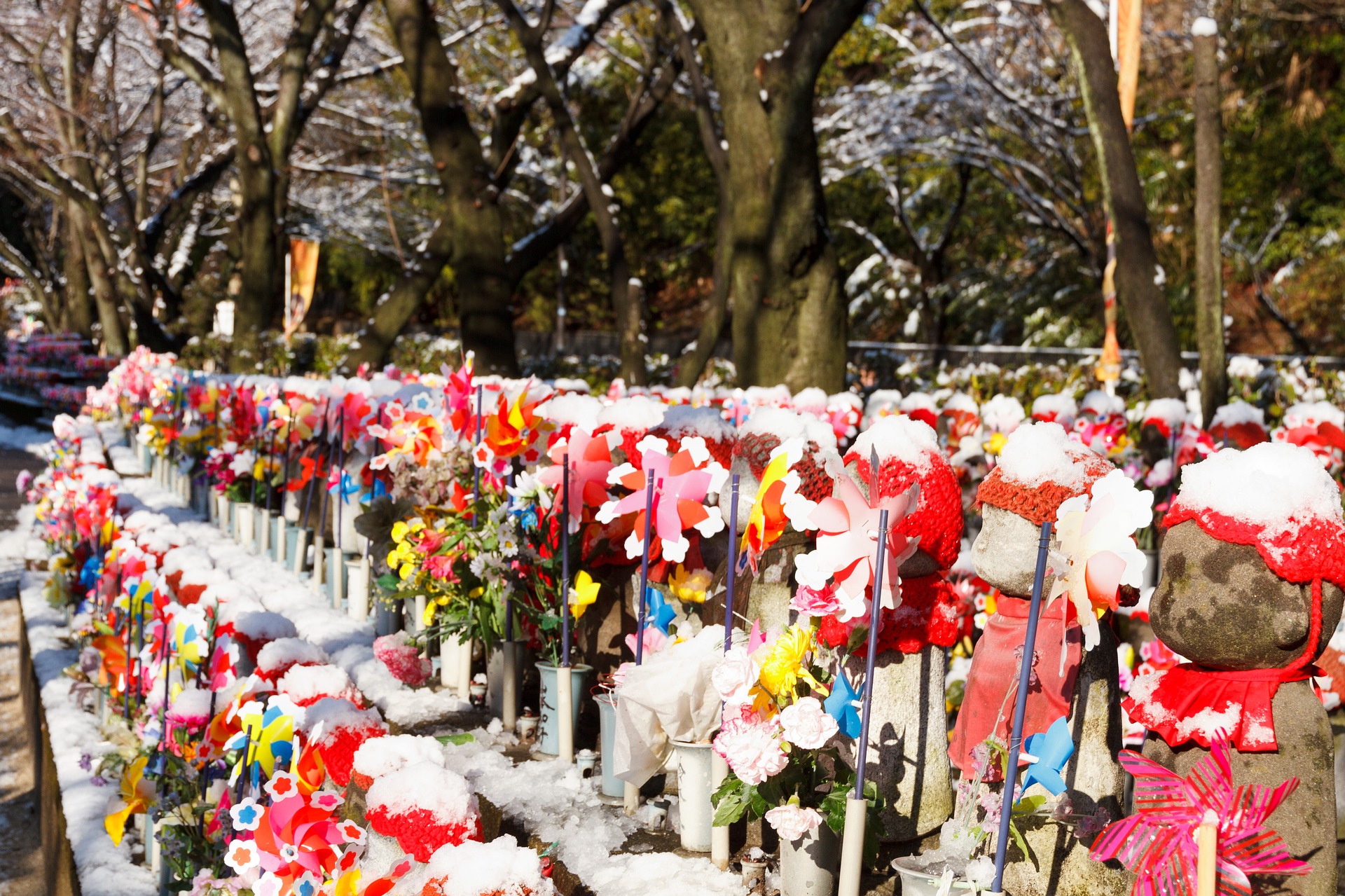Losing your child without even having a chance to see them and get to know them is very painful. It’s a wound that tears you up inside and hardly ever heals. For this reason, in Japan there is an ancient buddhist ritual to remember unborn babies after miscarriages or voluntary abortions. This is the Mizuko Kuyo, during which people celebrate so-called “water babies”. But what is this ritual and what are its origins?
What Is Mizuko Kuyo?
This practice has very ancient origins and aims to soothe the soul of the unborn child. Since there is no body and a real funeral, people tend to process the mourning in their innermost self and in their memories. In Japan, however, the Mizuko Kuyō, literally ‘memorial service for water children‘, has a completely different ritual. It is possible to practice Mizuko Kuyō in all Japanese temples, but also in private in homes.
The Story of Water Children
According to Buddhist belief, children who die before birth cannot go to heaven because they never had the opportunity to accumulate good karma. However, they have a chance to redeem themselves. For this reason, they end up in a place called Sai No Kawara on the banks of the Sanzu River. It is a kind of limbo, in which the children await their fate. Here they have the task of stacking stone towers to atone for the pain they caused their parents.
Jizo is the god and guardian of these children. He watches over them, protects them from demons and helps them make the journey to paradise. So parents who have lost a child due to abortion honor Jizo to make sure that their child can then go to heaven. That’s why there are Jizo statues everywhere in Japan, for example in temples, on the streets or in cemeteries. The statues depict children wearing bibs or red hats, and they are left with toys, candies or offerings. Sometimes parents build small stone towers next to the statues in the hope that they will lessen the suffering their children have to endure while they wait for Jizo to take them to heaven.
Although the tradition of Mizuko Kuyo is very old, it only gained importance after World War II. In those years, in fact, there was no system of adoption and contraception. And this caused abortion to spread more and more – but not without pain and guilt.

